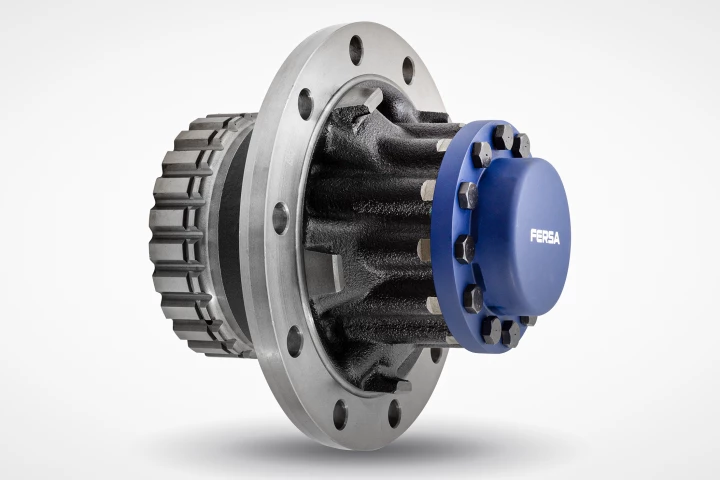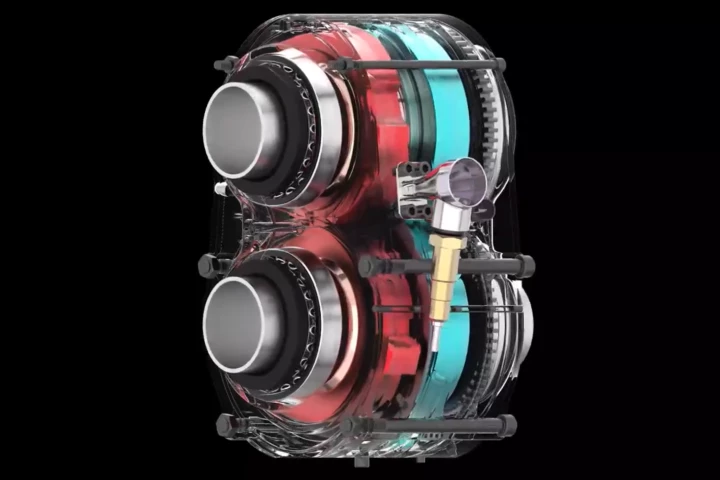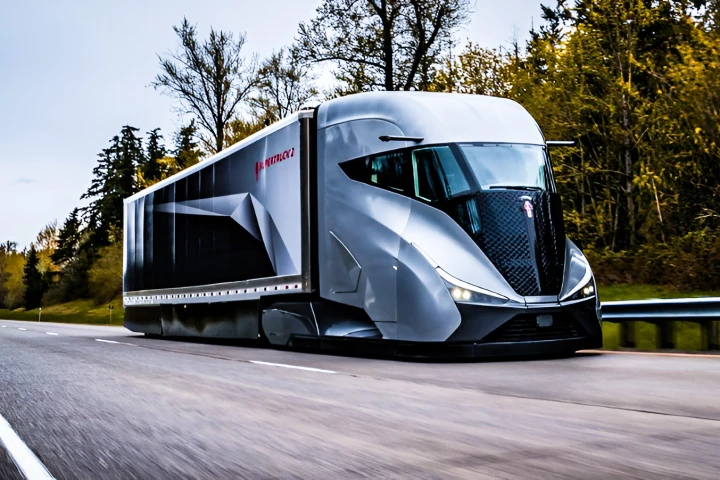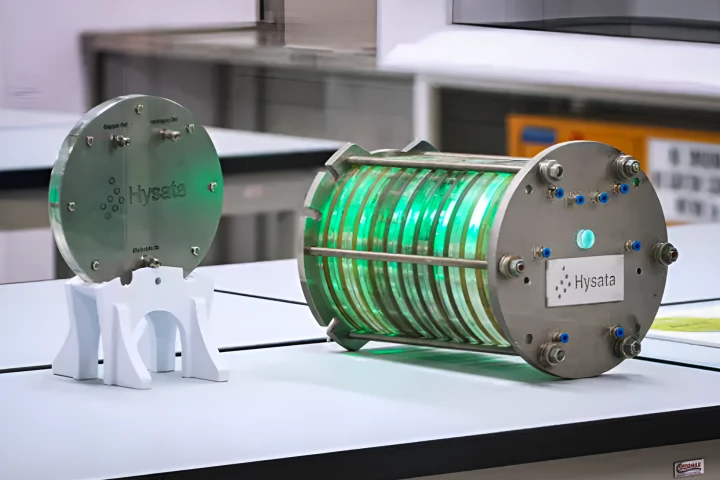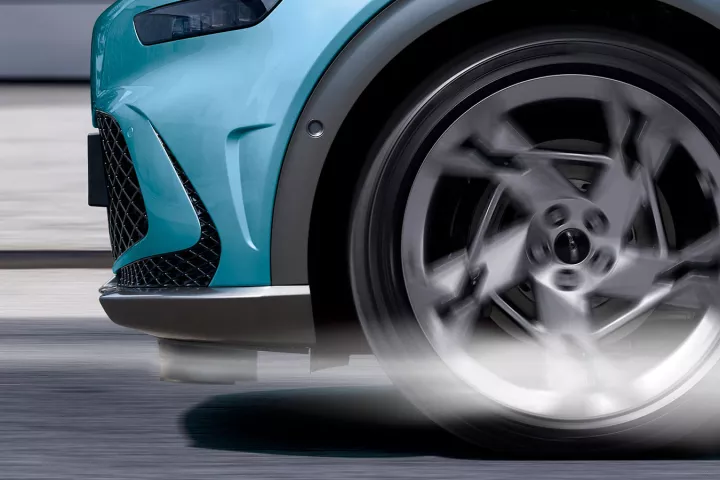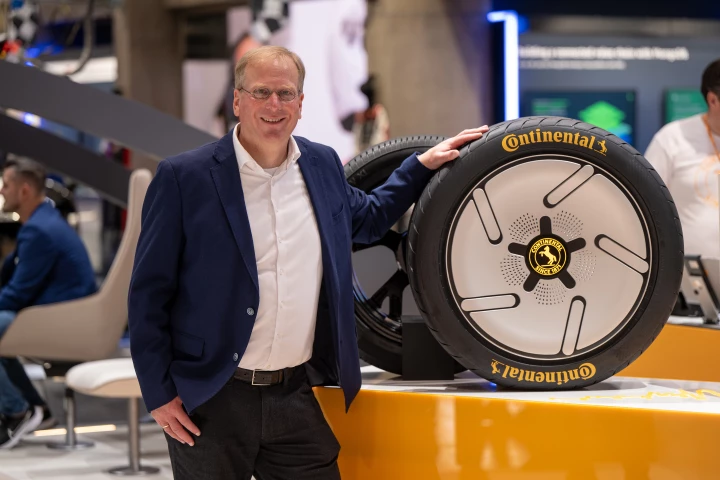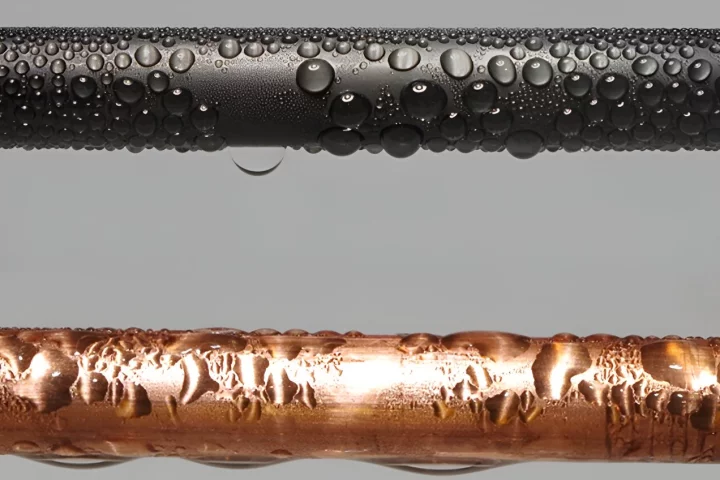Efficiency
-
Over a year and a million kilometers' worth of real-world testing has returned impressive results for Spanish company Fersa's "fuel efficient wheel hub," which cuts fuel burn by at least 3% and saves operators around US$3,500 per truck per year.
-
Rhode Island-based startup Regent Craft has successfully completed the first test of its full-size electric Viceroy seaglider with passengers on board, validating the company's idea for an all-new kind of ocean-faring vessel.
-
French automakers have a thing for quirky designs, and for 2025 Renault has certainly created one. The carmaker recently unveiled the Filante Record 2025, an electric concept aimed at breaking all previous records for range and electric efficiency.
-
A remarkably innovative clean passenger aircraft is set to begin full-scale testing this year. Regent's 12-seat Viceroy seaglider hydrofoils through the water, then takes off and rides the wing-in-ground effect for a huge efficiency boost.
-
Astron aerospace has shown a partial prototype of a new rotary combustion engine it claims runs at an extraordinary 60% thermal efficiency, burning totally clean with zero NOx emissions and nothing but fresh water out of the tailpipe.
-
Kenworth has unveiled a sleek-looking SuperTruck 2 at the Advanced Clean Transport expo in Las Vegas, attempting to squeeze the maximum possible efficiency out of a diesel powertrain. It works, too, beating the company's most efficient truck by 100%.
-
Hysata promises the world's cheapest hydrogen, thanks to a remarkable device that splits water into H2 and O2 at 95% efficiency – some 20% higher than the best conventional electrolyzers. The company has raised US$111 million to scale up production.
-
Solar cell efficiency may get a bump from bumps. New research suggests that building tiny domes into the surface of organic solar cells could boost their efficiency by up to two-thirds, while capturing light from a wider angle.
-
Hyundai has developed a new active aerodynamics system for electric vehicles, in the form of "active air skirts" ahead of the front wheels that can increase downforce and stability, while reducing drag and improving highway range.
-
Continental has unveiled a new concept tire at the IAA Mobility show in Hanover, Germany. Called the Conti CityPlus, it takes an unusual approach to "tire efficiency," focusing on urban use rather than highway driving.
-
The Orbit Drive promises an ebike transmission, built into the motor housing, that lasts for thousands of miles without maintenance, boosts efficiency and range, allows regenerative braking, and comes out lighter than most ebike drive systems.
-
Weaning the world off fossil fuels will take time, so finding ways to make energy generation more efficient is still important. A new coating for steam condenser pipes could, if rolled out widely, add more than a Russia’s worth of extra power per year.
Load More
